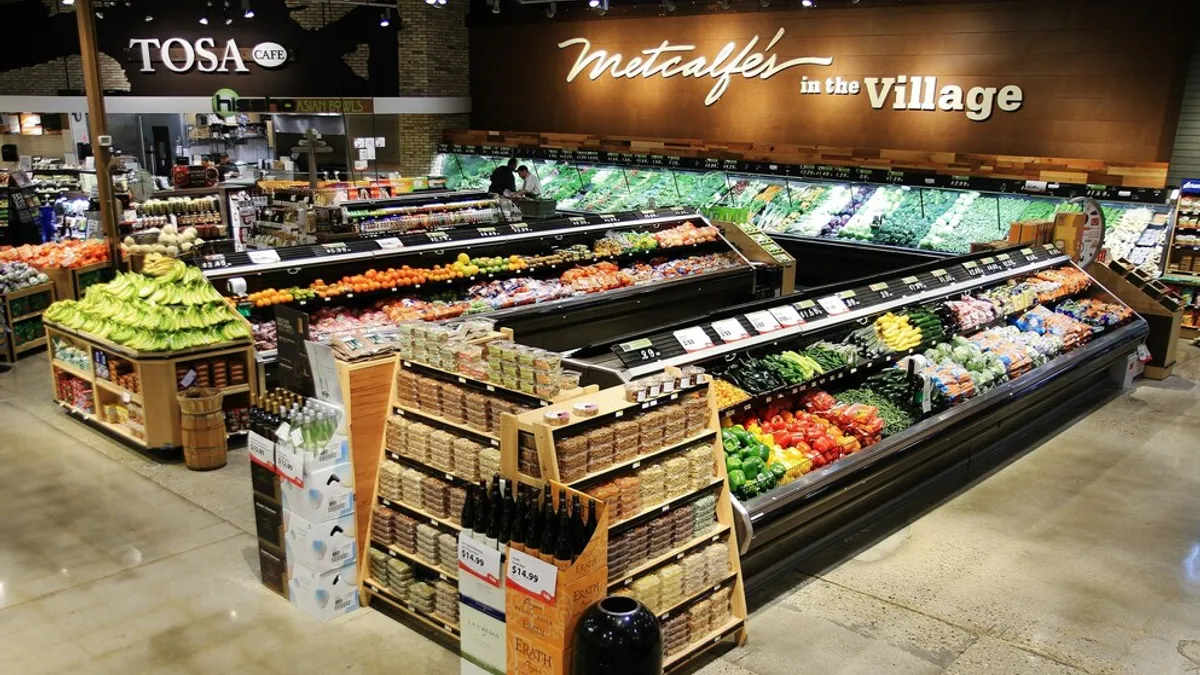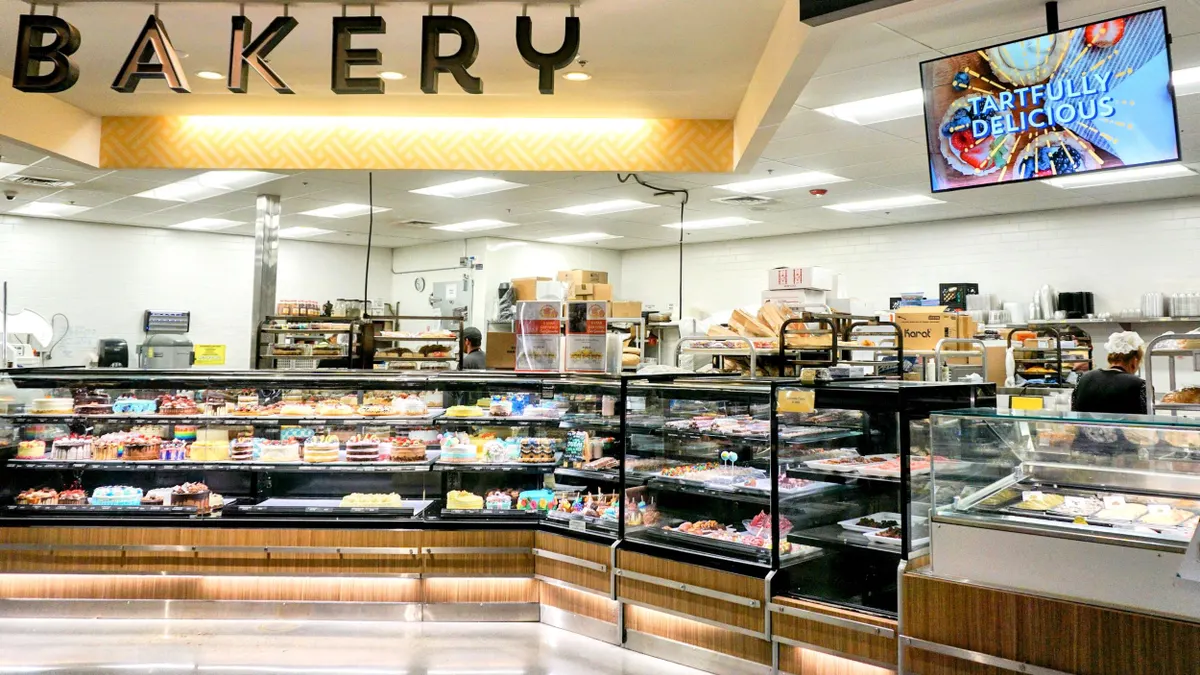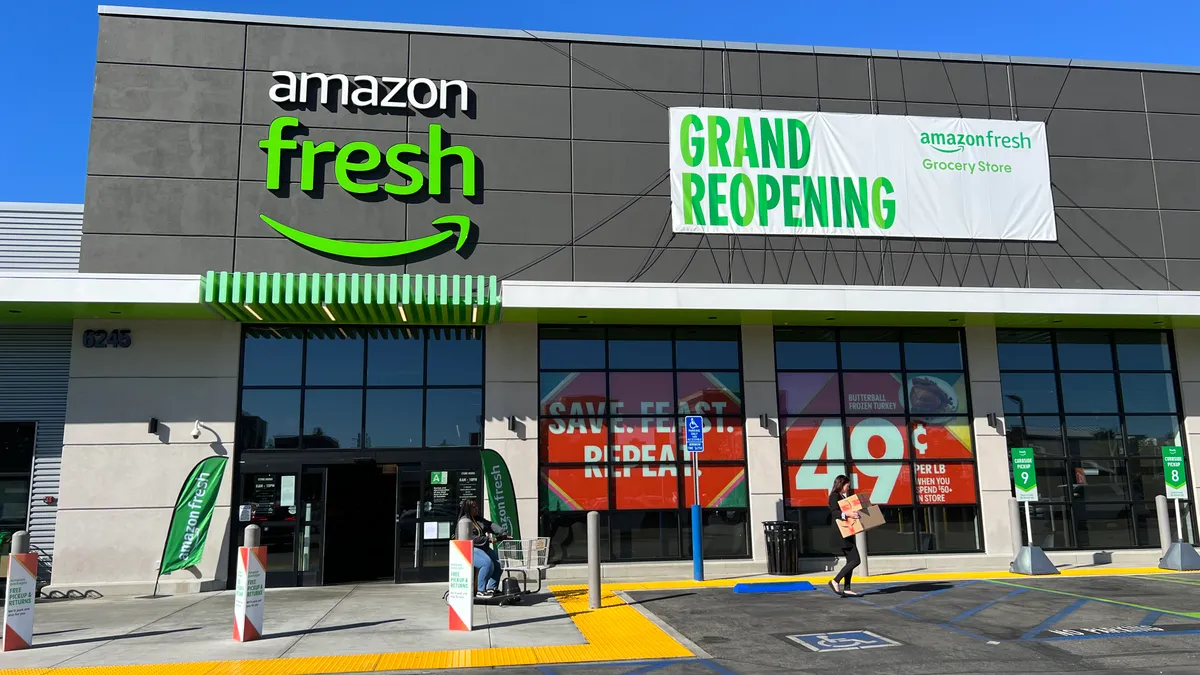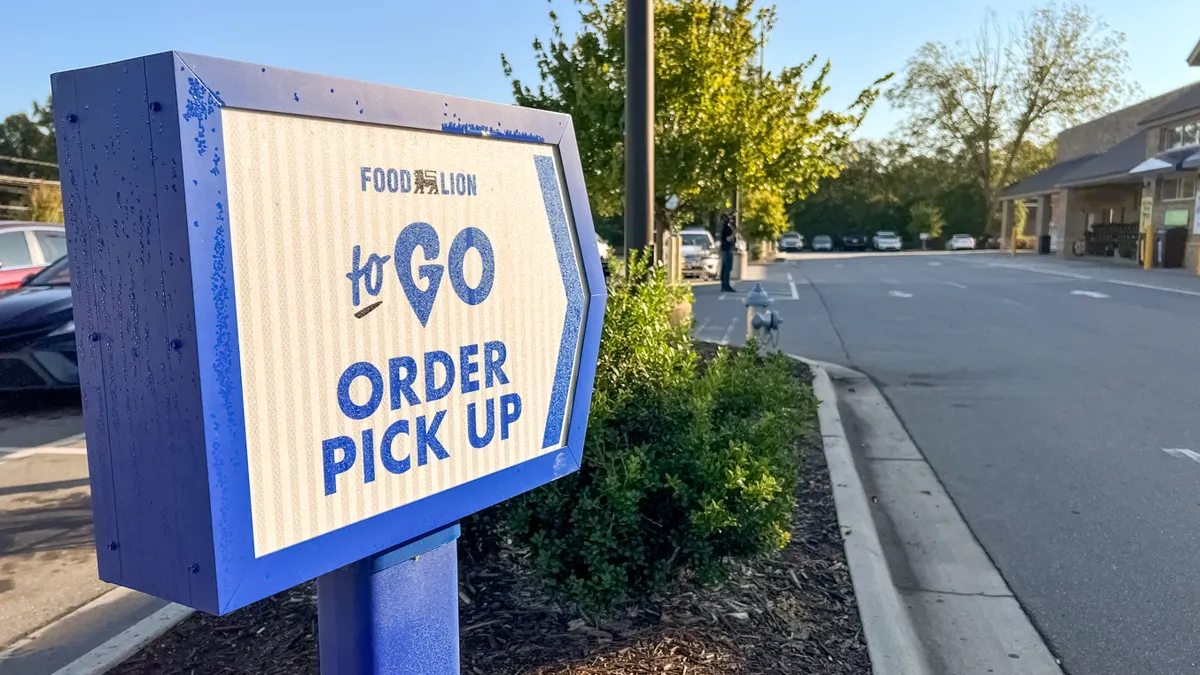Gary Hawkins is founder and CEO of the Center for Advancing Retail & Technology.
Traditional supermarket retailers should be commended for their performance during the pandemic. They’ve kept the supply chain moving while grappling with out of stocks, fed the people in their communities as restaurants closed and, perhaps most importantly, kept their workers and shoppers safe.
But, as the saying goes, there is no rest for the weary.
According to an FMI study, traditional supermarkets’ share of the grocery trade has dropped from 67% in 2005 to just 44% in 2020. Alternative grocers like Amazon, Target, Costco, Walmart, Dollar General and others now comprise a majority of U.S. grocery sales. Instacart potentially poses a threat to grocers if it decides to sell directly to shoppers.
And Instacart is only one of many new challengers. Gopuff services more than 650 cities and has more than 250 micro-fulfillment centers used to provide food and drinks, home and cleaning products, baby, pet and more from a growing number of categories. Its value proposition is instant delivery, promising delivery in 30 minutes or less for a flat fee of $1.95 with a $10.95 minimum order. Gopuff recently raised more than $1 billion at a valuation just shy of $9 billion, more than doubling its valuation in less than six months.
Meanwhile, Fridge No More is a “cloud grocer” promising instant delivery within 15 minutes for shoppers within a 1-mile radius of its fulfillment center. Having started in Brooklyn, the company is using the $15 million from its latest funding round to expand along the East Coast.
And then there’s Urbx, a new entrant into the fulfillment automation arena with a twist: The company is planning the world’s first vertical, automated store designed for dense urban environments. The company’s automation is engineered to be built vertically, putting nearly 50,000 SKUs of products above a pickup location.
The battle for the future of grocery retail is quickly heating up, increasingly driven by new interlopers unbeholden to traditional thinking, and I believe supermarket retailers are being challenged as never before.
Gone are the days of understanding your competition through comparing ad prices, periodic price checks and occasional market surveys and store visits. The digital and physical worlds of retail are crashing together and some new industry entrants, like those mentioned, don’t even have stores: They are creating entirely new business models leveraging new technologies and capabilities.
It’s all about the two Ds: Digital and Data
Traditional grocers have an opportunity to create exponential value creation — the same type of value creation digital native companies like Facebook, Amazon, Google and others have enjoyed. That value creation is made possible through data-driven digital customer engagement.
Consider what assets new competitors like Gopuff and Fridge No More have. They don’t have physical stores. They do have logistics expertise around last mile and instant delivery. And they also are digitally engaged with each and every one of their customers, and that engagement can become deeper and richer the more data those companies possess.
Consider Instacart. The company closed its most recent fundraising at a valuation of $39 billion, more than Kroger and Albertsons combined.
And yet Instacart has no physical stores. Yes, Instacart has a gig-based workforce and last-mile expertise — both of which can be replicated by other companies. What Instacart does have that is not easily duplicated is data — lots of it — and complete digital engagement with each of its millions of customers. This is what investors are betting on.
Traditional retailers have the loads of data and massive customer audiences to participate in this new world. But very few retailers are focused on leveraging their data into effective digital engagement with their customers. Too many continue to think digital only means online shopping. A broader view of digital engagement is fundamental to understanding the blending of the digital and physical worlds of shopping.
So what are traditional retailers to do?
Innovate as never before. My son Sterling, who is a world-renowned motivational speaker, has a favorite phrase: Hunt discomfort. He advocates that there is nothing like discomfort, even fear, to innovate. Traditional retailers would do well to think outside the proverbial (store) box and consider how new technologies and new capabilities can be brought together to reinvent grocery retail, not just new innovation to improve existing operational efficiencies.
New competitors like Gopuff, Urbx and even Amazon are not constrained by a traditional view of what grocery retail should be. They are using new technologies to reimagine the grocery shopping experience.
Master the digital domain. No longer does digital equate to just online shopping. Digital now pervades the grocery shopping experience, both in-store and online, and it’s important to think about digital engagement much more broadly, with online shopping as simply one piece of the overall user experience. The COVID-19 pandemic was a stress test for online grocery, and many retailers’ systems were found lacking. Now is the time to reassess existing capabilities and look for user-centric solutions and partners.
Become customer literate. If you don’t know the individual customers providing a vast majority of your sales, figure out a way to get there. Now. Fast-growing, well-capitalized industry interlopers already possess vast levels of data on their customers and they know how to use it. Growing numbers of traditional regional retailers are going to market with regular campaigns using personalized promotions. Grocery competition is now a stealth battle, and an understanding and use of customer data will dictate the winners and losers.
Customer literacy is about far more than personalization. Leaders are putting in place customer intelligence platforms and using unique scores synthesized from big data feeding artificial intelligence and machine learning models to extend customer intel across the retail organization.
The battle for the future of grocery retail has already started. Have you joined the battle or are you sitting on the sidelines?





















